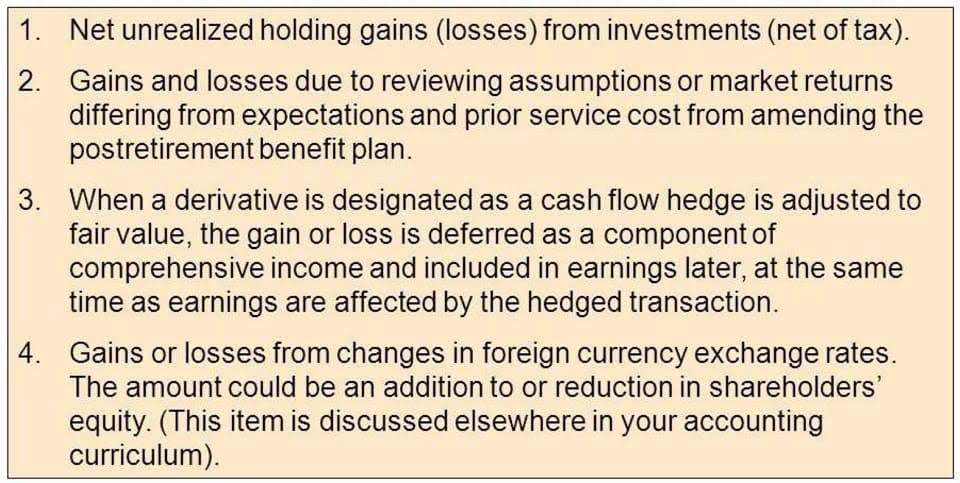
This involves estimating the future costs of dismantling and restoration, which are then discounted to their present value. In the oil and gas industry, joint operating agreements (JOAs) are common arrangements where multiple parties, such as operators and non-operators, collaborate to explore and develop oil or gas properties. Under this structure, multiple working interest owners share undivided ownership without creating a separate legal entity.
Joint Venture Accounting
- These assessments rely on a combination of seismic data, well logs, and production history to create a detailed subsurface model.
- Lease accounting in the oil and gas industry presents several unique challenges due to the complexity of lease structures, the scale of operations, and the stringent regulatory environment.
- The present value of these future costs is recorded as a liability on the balance sheet, with a corresponding increase in the carrying amount of the related asset.
- One of the primary challenges in adhering to these standards is the frequent updates and changes that occur.
- As the oil and gas landscape continues to evolve, adopting innovative lease accounting solutions is essential for companies aiming to optimize operations and maintain compliance.
- In this section, we explore the key accounting challenges faced by oil and gas companies, providing insights into managing complex lease arrangements and maintaining compliance.
So you might create a “low” scenario where oil prices are, say, $40 per barrel, a “middle” oil and gas financial accounting scenario where oil prices are $70 per barrel, and a “high” scenario where oil prices are $100 per barrel. Out of all the industry-specific courses I’ve released, Oil & Gas Financial Modeling has drawn the most interest. Given the high stakes involved, accurate accounting is crucial for compliance, investor confidence, and strategic decision-making. In Nakisa’s software, additional expenses such as equipment maintenance can be defined within the charge definition functionality.
Industry hot topics

CFO is basically net income with non-cash charges like DD&A added back, so, despite a relatively lower charge for DD&A, CFO for an SE company will reflect the net income impact from expenses relating to unsuccessful exploration efforts. The theory behind the FC method holds that, in general, the dominant activity of an oil and gas company is simply the exploration and development of oil and gas reserves. Therefore, companies should capitalize all costs they incur in pursuit of that activity and then write them off over the course of a full operating cycle. Stakeholders rely on financial statements to assess the financial health of oil and gas companies. Proper accounting practices build trust among investors, regulators, and the public, fostering confidence in the industry.
Related Courses

Typically, you will have one single depletion calculation on each pool, and you base the asset impairment tests on a ceiling test. The present value of these future costs is recorded as a liability on the balance sheet, with a corresponding increase in the carrying amount of the related asset. Over time, the liability is accreted, or increased, to reflect the passage of time, while the capitalized cost is depreciated over the useful life of the asset. The alternative approach, known as the FC method, allows companies to capitalize on all operating expenses related to locating new oil and gas reserves regardless of the outcome. Initially, the oil company, often referred to as the contractor, bears all exploration and development costs.
To get a sense of what the financial statements look like for a real company, click here to check out XTO Energy’s statements from just before they were acquired by Exxon Mobil. This doesn’t really affect the income statement, but you do need to add back deferred taxes on the cash flow statement. Energy companies’ income statements do not have the usual Cost of Goods Sold / Gross Profit and Operating Expense distinction that you see for normal companies. PwC US Energy practice provides audit and assurance, tax, advisory, and consulting services to help energy businesses address key issues.
- The reason that two different methods exist for recording oil and gas exploration and development expenses is that people are divided on which method they believe best achieves transparency of a company’s earnings and cash flows.
- With courses tailored to meet the evolving demands of the oil and gas industry, PetroKnowledge helps professionals stay up-to-date with industry standards, technological advancements, and best practices.
- I hinted at this in the last part of the NAV explanation above, but sum of the parts is a very common valuation methodology in the energy industry.
- The complexity of these tax regimes requires companies to maintain meticulous records and employ sophisticated tax planning strategies to ensure compliance and optimize their tax liabilities.
- The remaining production, termed “profit oil,” is then split between the state and the contractor according to a pre-agreed formula.
When identical operational results are assumed, an oil and gas company following the SE method can be expected to report lower near-term periodic net income than its FC counterpart. When faced with uncertainty, accountants should choose methods that are less likely to overstate assets and income. Reserves are estimated quantities of oil and net sales gas that can be economically recovered from known reservoirs under existing economic conditions and operating methods. Nakisa’s software adjusts the depreciation method for the ROU asset to a straight-line method once impairment is triggered (indicated by the green row) for ASC 842 operating leases.
TRAINING SOLUTIONS

Addressing these accounting challenges necessitates a strategic mindset, well-defined processes, and a deep understanding of both industry-specific nuances and regulatory frameworks. This PetroKnowledge training course provides you with the latest financial knowledge and skills, through the evaluation of strategic issues and challenges facing the industry. It explores the internationally accepted accounting methods and techniques used in the Oil & Gas sector to report costs, asset values and profit as well as techniques of financial evaluations. You will also examine the latest risk management techniques, enabling you to manage and control oil price, https://www.bookstime.com/ exchange rate and interest rate volatility using derivatives.
What are the lease accounting challenges in the oil and gas industry?
Yes, upon successful completion of our courses for professionals in the oil and gas industry, you will receive an industry-recognized certificate from PetroKnowledge. This certification is designed to validate your skills and knowledge and can significantly enhance your professional credentials, boosting your career prospects in the competitive oil and gas sector. Certain advanced training courses for oil and gas professionals may require prior experience or technical knowledge.
